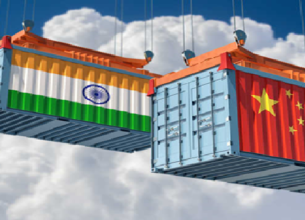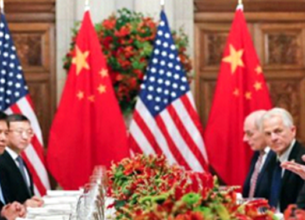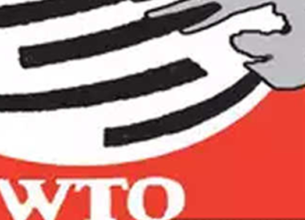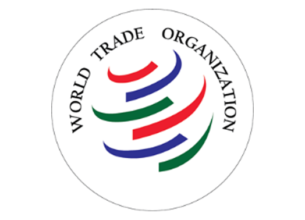USTR TAKES INDIA OFF DEVELOPING COUNTRY LIST
14, Feb 2020
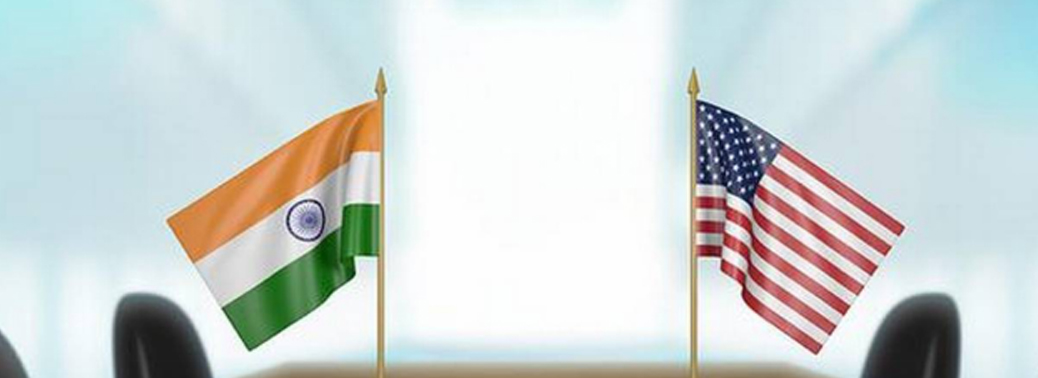
Prelims level : WTO, International Economics
Mains level : GS-III Effects of liberalization on the economy, changes in industrial policy and their effects on industrial growth
Why in News?
- India has been recently removed from the Developing country list by the United States Trade Representative.
About USTR:
- To harmonise U.S. law with the World Trade Organization’s (WTO)Subsidies and Countervailing Measures (SCM) Agreement, the USTR had, in 1998, come up with lists of countries classified as per their level of development.
- These lists were used to determine whether they were potentially subject to U.S. countervailing duties.
- As per the USTR notice, the 1998 rule is now “obsolete”.
What is the Issue?
- The U.S. government has changed an administrative rule making it easier for it to impose countervailing duties (CVDs) on goods from India and certain other countries.
- The Office of the United States Trade Representative (USTR) has published a notice, amending lists of developing and least-developed countries that are eligible for preferential treatment with respect to CVD investigations.
What are its Impacts?
- Countries not given special consideration have lower levels of protection against a CVD investigation.
- A CVD investigation must be terminated if the offending subsidy is de minimis (too small to warrant concern) or if import volumes are negligible.
- The de minimis thresholds and import volume allowance are more relaxed for developing and least-developed countries.
- The de minimis standard is usually a subsidy of 1% or less ad valorem and 2 percent for special cases.
What is the Eligibility for de Minimis?
- The USTR used the following criteria to determine whether a country was eligible for the 2% de minimis standard:
- Per capita Gross National Income or GNI
- share of world trade
- Other factors such as Organisation for Economic Co-operation and Development (OECD) membership or application for membership, EU membership, and Group of Twenty (G20) membership.

Is there any other trade related agreements by US?
- India has been already removed from the Generalised system of preferences (GSP) by USTR.
- It is a preferential arrangement in the sense that it allows concessional low/zero tariff imports from developing countries to developed countries (also known as preference receiving countries or beneficiary countries).
- It involves reduced/zero tariffs of eligible products exported by beneficiary countries to the markets of GSP providing countries.
- The US has a strong GSP regime for developing countries since its launch in 1976, by the Trade Act of 1974.
- The GSP program has effective dates which are specified in relevant legislation, thereby requiring periodical reauthorization in order to remain in effect.
Why India has been removed from the list of Developing Country?
- India was taken off the list because — like Argentina, Brazil, Indonesia and South Africa — it is part of the G20.
- “Given the global economic significance of the G20, and the collective economic weight of its membership (which accounts for large shares of global economic output and trade), G20 membership indicates that a country is developed”.





